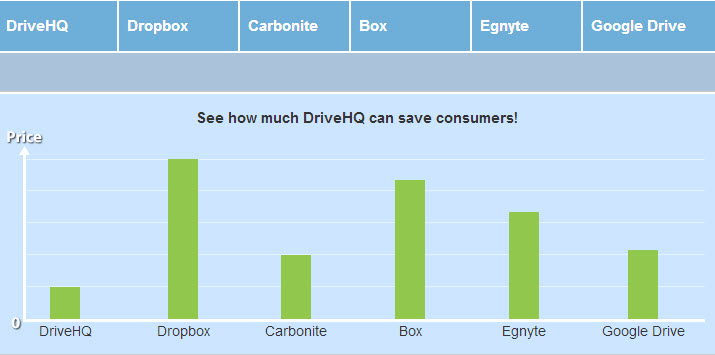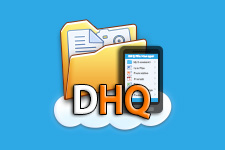
Cloud Innovation: A Break From The Trend

Most of the popular cloud IT providers originally designed their services for consumers. In truth, this was the smartest way to market an unknown product; as any true business would be much too skeptical of trusting their sensitive material to an unknown company (not to mention back when it was an unknown industry). Once the consumers were able to use the service within their workplace and spread the word, it was only a matter of time before the business itself bit the hook.
So what exactly does it mean to be “built for” consumers as opposed to enterprises? The answer is not as simple as just looking at the prices; it is necessary to take into consideration the complete feature list, data/user management capabilities, and the details for both storage and user license prices. As a rule, a consumer-designed cloud service will grant bulk free storage and will then decrease the available discounts as your order levels increase (in other words, the more you spend, the less you save). Moreover, consumer-centered providers will also group user licenses with bulk (unnecessary) storage to gouge their business users and compensate for the money they are losing on the consumer level. While this system works fine for the average user, businesses and enterprises are themselves paying outrageous fees for a service that is nothing beyond consumer quality.
It was not long before investors realized that consumer storage was simply not a profitable market when compared to the possibilities of enterprise cloud storage. In fact, the freemium model in ties with the initial free storage battle resulted in these providers actually losing money because of the consumer users. As they were originally designed for consumers, these providers face the much greater hurdle of redesigning their model to fit the growing needs of businesses.
Now the question still lingers, what happens to the consumer users once the model of the provider has been twisted to appeal towards businesses? Well, as the cloud bubble is just beginning to burst, there is still a lot in the air as to what actions will actually be taken by these providers, and how its’ customers service will be effected as a result.
Box is one cloud provider that noticed this change relatively early on, and remodeled with an “enterprise” design that was supposed to take the business market by storm. While expert reviewers boasted about the cloud service, it was not until the company announced its IPO a few weeks ago that we had a true gauge of how such providers were managing.
Despite all the bullish chatter revolving around Box, financial reports were released showing annual losses greater than $165 million (and growing). Executives go on to explain that they do not plan on hitting profitability for the foreseeable future. With more than $500 million dollars in funding and 100 million users, this makes you wonder exactly how they need before they actually turn a profit.
This will definitely get investors and stockholders thinking about the true potential of cloud providers that have attempted such a drastic change from a consumer to and enterprise model. And with the IPO of Dropbox just around the corner, it would be an understatement to say that investors and stockholders are anxious to see how the more popular cloud provider will fare (especially since they have a more established consumer model).
There are both advantages and disadvantages to the way DriveHQ began its service when compared to many of the industry leaders. Because we labeled ourselves as an enterprise cloud service provider from the very beginning, we missed out on a great deal of the hype and popularity gained by those that started with a consumer model. Fortunately, because we did not waste resources reeling in consumer users, we have been able to maintain and increase profitability with each passing year (which is more than can be said for most of our competitors).
If you are currently in the market to find an enterprise cloud solution, you have the option of choosing a provider that was originally designed for consumers, changed course to become profitable only to still lost $160 million dollars per year – or, you can go with a cloud solution that has been profitable and designed for enterprise since the very beginning. The choice is yours.








Leave a Comment